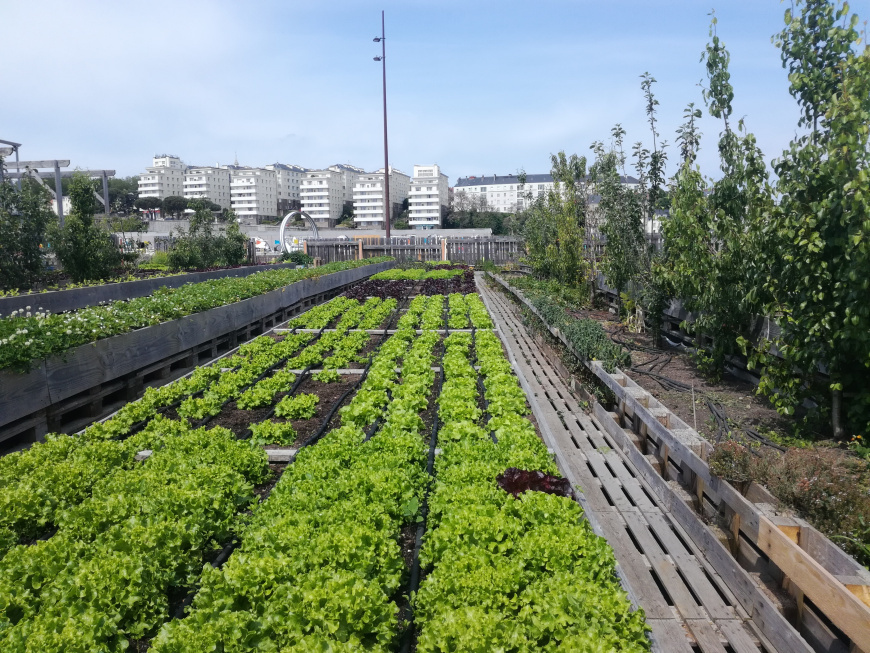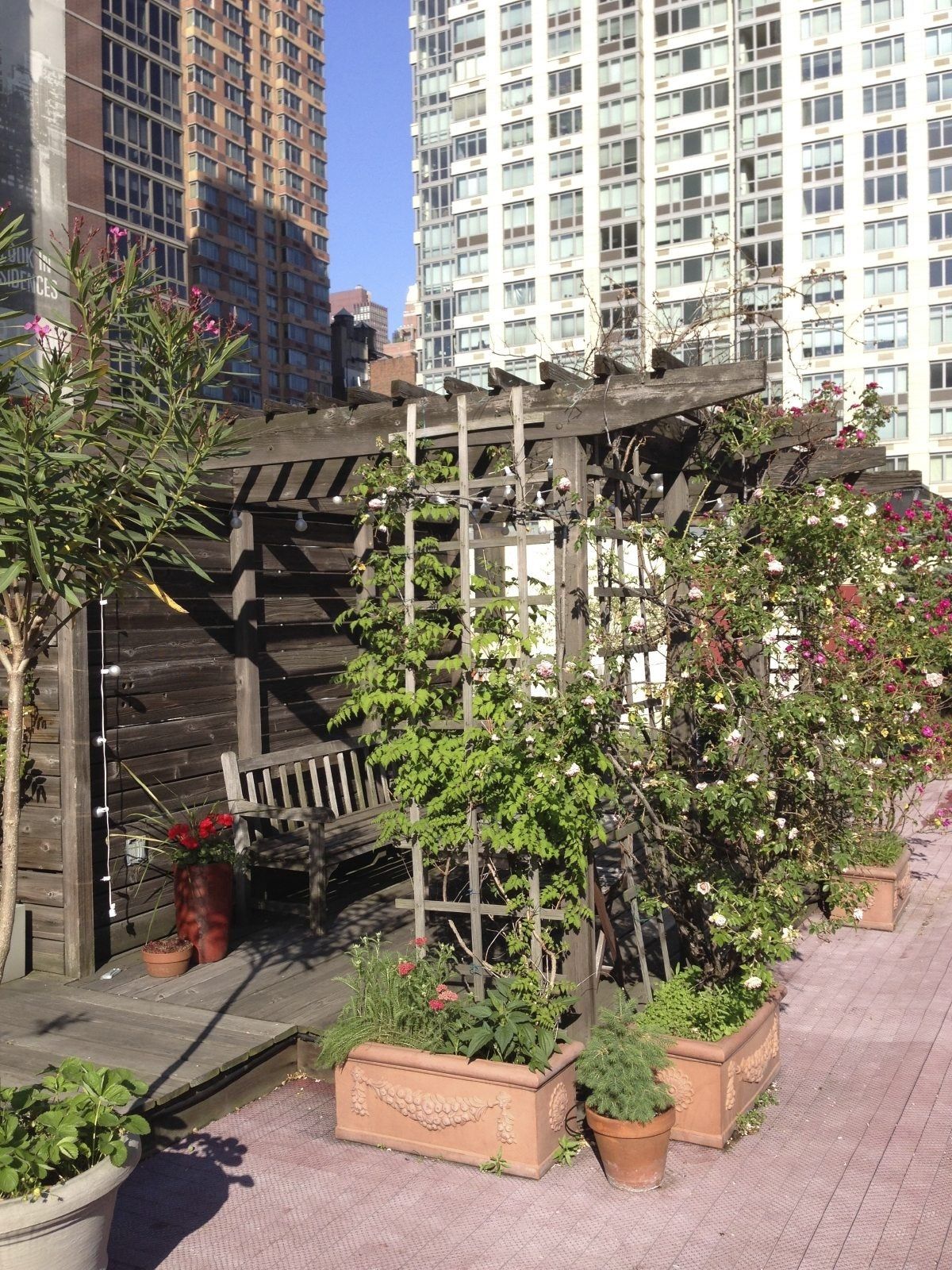Not known Incorrect Statements About City Blooming
Not known Incorrect Statements About City Blooming
Blog Article
Not known Factual Statements About City Blooming
Table of ContentsCity Blooming Things To Know Before You Get ThisCity Blooming - The FactsThe Best Strategy To Use For City BloomingThe Buzz on City BloomingAn Unbiased View of City Blooming
Interested in growing food available for sale in the City of Chicago? Considering beginning an area yard? Changes to the Chicago Zoning Statute enable agricultural usages like community gardens and metropolitan farms in many components of the city. Below is a list of frequently asked questions relating to the rules and policies that cultivators ought to consider when intending an urban agriculture job.
The zoning change does not modify any kind of various other codes taking care of composting, building permits, acquiring or renting City possessed residential property, organization licenses or ecological contamination. There are existing codes that control these problems and they remain in complete result and may be applicable to your task. Neighborhood gardens are commonly had or taken care of by public entities, public companies or community-based organizations and maintained by volunteers.
Urban ranches expand food that is meant to be marketed, either on a not-for-profit or for-profit basis. Because of their commercial purpose, urban ranches call for an organization license. Yes. A neighborhood yard is allowed to market surplus produce that was grown on site if the sales are accessory or subservient to the yard's main purpose explained over.
Excitement About City Blooming
Composting is allowed yet only for plant product that is created and utilized on site. The quantity of compost product can not go beyond 25 cubic yards at any kind of provided time according to the standards in 7-28-715 of the City's Municipal Code. Yes. Due to the fact that the dirt at the majority of new yard websites needs changing, compost, dirt, timber chips, or various other materials can be gotten to build or boost the expanding space - City gardening.

If a structure authorization is needed after that the hoophouse will be thought about an accessory structure. You can discover even more concerning the structure permit needs by getting in touch with the Department of Buildings. The 25,000-square-foot dimension limitation is meant to avoid a solitary neighborhood garden from dominating a provided block or taking away from the block's existing property or industrial character.
The limit does not use to gardens located in Public Open Space (POS) areas. Can there be here are the findings more than one area garden that is 25,000 square feet on a single block? Fencing is not called for, nevertheless, gardens that have large auto parking locations may be needed to mount fence or other landscaping features.
All about City Blooming
B1 & B2 areas need that all industrial use activities be performed indoors. R districts restrict industrial task. The guidelines mirror the objective and intent of the Zoning Code. Is fence required for city ranches? Yes. Fencings may be called for, in addition to landscaping and testing, for sure auto parking areas and exterior work or storage locations depending on location and the certain activity happening.
Yes. Urban ranches require building permits and zoning approvals prior to construction. Other types of city review might be needed depending on specific frameworks, activities, dimension, landscaping, licensing, public heath and stormwater monitoring problems. Several of these demands are identified in the project style or permitting procedure, however, the candidate may be accountable to separately identify specific licenses or allows that might be called for.
Yes. The kind of license is figured out by what is occurring at the site. The Department of Organization Matters and Consumer Defense can assist identify the specific kind of business certificate that's called for. Yes. Off road parking is required for many industrial jobs in Chicago. The required variety of garage is based upon the number of staff members dealing with site and not the square video of the expanding area.
Rumored Buzz on City Blooming

An urban farm can market compost material generated on website, nevertheless, the operation has to conform with the regulations in 7-28-715 of the Chicago Municipal Code. Aquaponic systems are permitted inside on city farms in numerous zoning districts.
Up to 5 hives or colonies of honey bees may be maintained as an accessory usage. Nonetheless, beekeepers need to sign up with the Illinois Division of Farming. For additional information about the suggested zoning modification you might get in touch with the Department of Real Estate and Economic Development, Bureau of Preparation and Zoning at 312.744.8563.
Farming in cities and city areas An urban farm in Chicago. Urban agriculture describes different techniques of cultivating. https://slides.com/cityblooming, processing, and dispersing food in urban locations. The term likewise relates to the location tasks of animal husbandry, tank farming, beekeeping, and gardening in an urban context. Urban agriculture is identified from peri-urban farming, which takes area in backwoods beside suburban areas.
The Best Guide To City Blooming
, who look for to create social networks established on a common principles of nature and community holism. These networks can develop by way of official institutional assistance, coming to be integrated into regional town planning as a "change community" motion for sustainable urban development.
The more straight access to fresh veggie, fruit, and meat products that might be realised with metropolitan farming can improve food safety and food security while reducing food miles, resulting in lower greenhouse gas exhausts, consequently contributing to environment modification mitigation. Several of the first proof of metropolitan farming originates from Mesopotamia.
Report this page